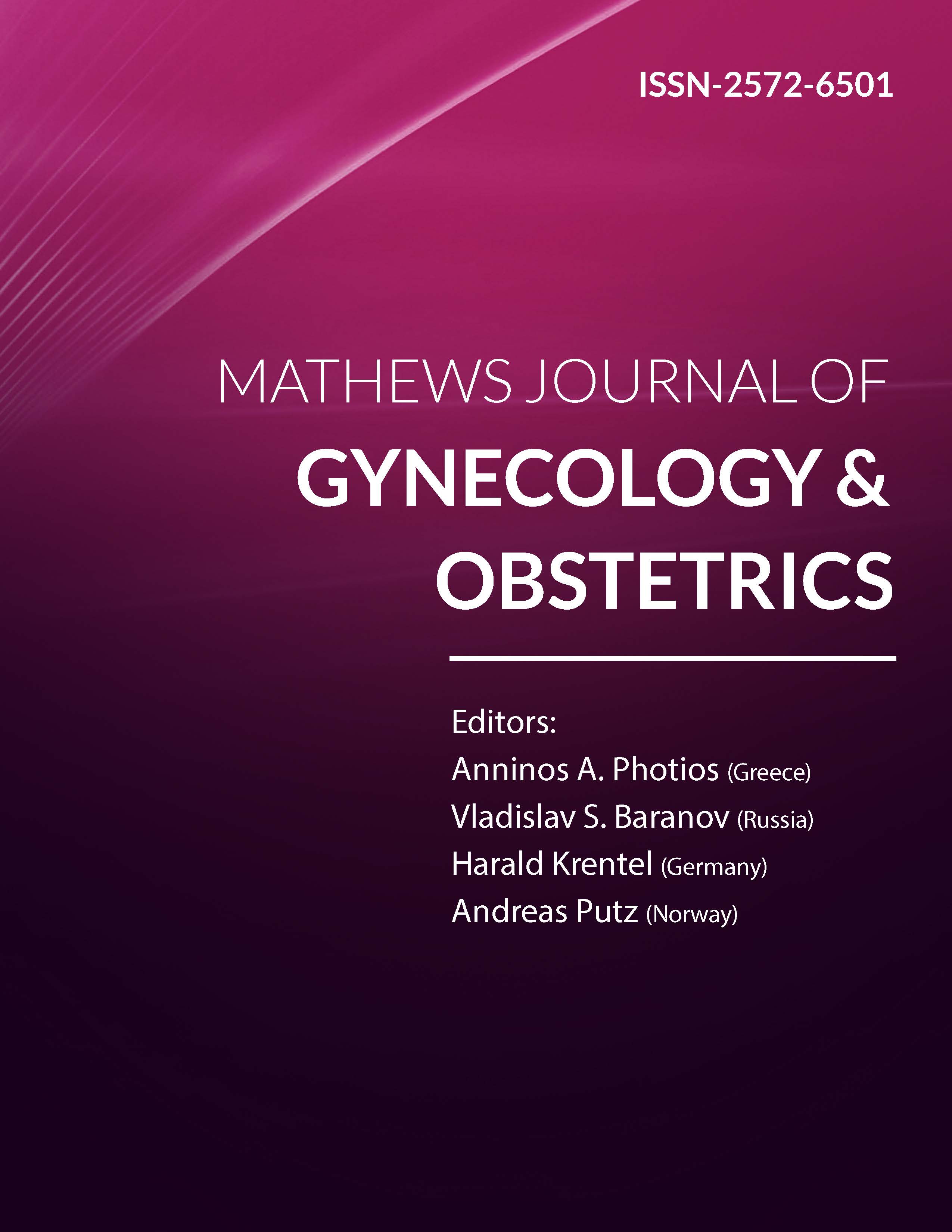
Information Links
Previous Issues Volume 2, Issue 1 - 2017
Bleeding Disorder Education in Obstetrics & Gynecology Residency Training: A Follow up National Survey
Jennifer E. Dietrich1 , Elizabeth Baumler2 , Corey J. Sigue4 , Angelo P. Giardino4 *
1Division of Pediatric and Adolescent Gynecology, Department of Obstetrics and Gynecology, Baylor College of Medicine and Texas Children's Hospital, USA.
2Center for Health Promotion and Prevention and Research, School of Public Health, The University of Texas Health Science Center at Houston, USA.
3Texas Children's Health Plan, USA.
4Department of Pediatrics, Section of Academic General Pediatrics, Baylor College of Medicine, Senior Vice President/Chief Quality Officer, Texas Children's Hospital, USA.
Corresponding Author: Angelo P. Giardino, Department of Pediatrics, Section of Academic General Pediatrics, Baylor College of Medicine Senior Vice President/Chief Quality Officer, Texas Children's Hospital, USA, Tel: (832) 824-1128;
Email: [email protected]
Received Date: 10 Mar 2017
Accepted Date: 15 Mar 2017
Published Date: 17 Mar 2017
Copyright © 2017 Giardino AP
Citation: Dietrich JE, Baumler E, Sigue CJ and Giardino AP. (2017). Bleeding Disorder Education in Obstetrics & Gynecology Residency Training: A Follow up National Survey. Mathews J Gynecol Obstet. 1(1): 008.
ABSTRACT
Background Heavy menstrual bleeding in the most common bleeding manifestation seen by OB/GYNs with subsequent bleeding disorders discovered in 11% of women of all ages.
Methods A 25-item questionnaire survey was mailed to all OB/GYN residents in US ACGME approved programs in 2012 which evaluated demo¬graphic information, practice, and heavy menstrual bleeding risk situations. Results were compared to a similar 2010 survey. Descriptive statistics and independent sample t-tests were performed.
Results The 2012 survey response rate was 28% (n=68/241). The majority of chief residents (77.9%) reported viewing their training in the medical evaluation of heavy menstrual bleeding as sufficient preparation for future practice and reported an average of 15 hours devoted to education during each year of residency. Residents showed: improvement in the types of history questions they asked; no change in the evaluation for bleeding disorders (BDs) from 2010 to 2012; and continued (80.9%) identification of heavy menstrual bleeding at menarche as the most likely reason for BD evaluation.
Conclusions The results highlight that continued opportunities exist to improve the education of OB/GYN residents in this area.
KEYWORDS
Bleeding Disorders; Heavy Menstrual Bleeding; Evaluation and Management of Bleeding Disorders.